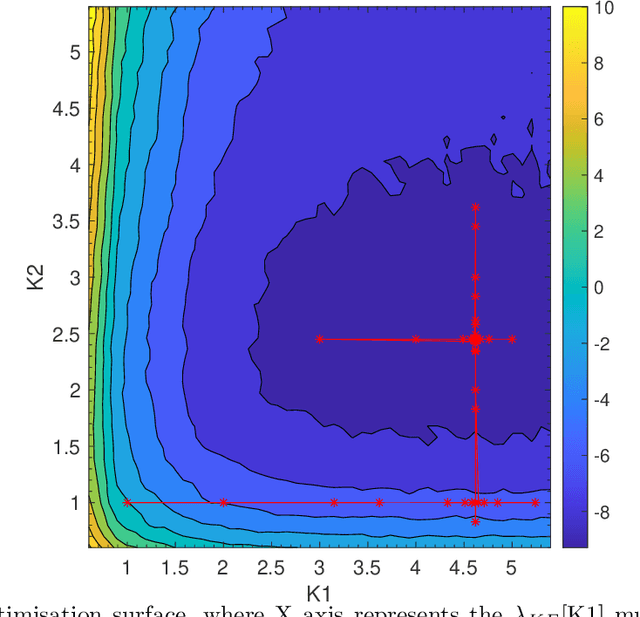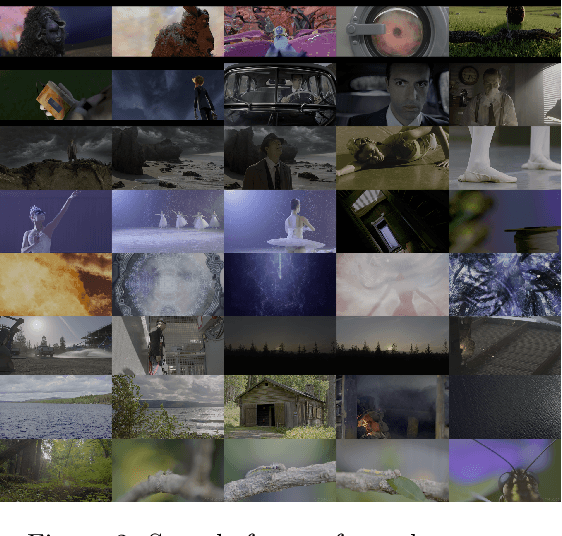Yeping Su
Comparison of HDR quality metrics in Per-Clip Lagrangian multiplier optimisation with AV1
Mar 28, 2023

Abstract:The complexity of modern codecs along with the increased need of delivering high-quality videos at low bitrates has reinforced the idea of a per-clip tailoring of parameters for optimised rate-distortion performance. While the objective quality metrics used for Standard Dynamic Range (SDR) videos have been well studied, the transitioning of consumer displays to support High Dynamic Range (HDR) videos, poses a new challenge to rate-distortion optimisation. In this paper, we review the popular HDR metrics DeltaE100 (DE100), PSNRL100, wPSNR, and HDR-VQM. We measure the impact of employing these metrics in per-clip direct search optimisation of the rate-distortion Lagrange multiplier in AV1. We report, on 35 HDR videos, average Bjontegaard Delta Rate (BD-Rate) gains of 4.675%, 2.226%, and 7.253% in terms of DE100, PSNRL100, and HDR-VQM. We also show that the inclusion of chroma in the quality metrics has a significant impact on optimisation, which can only be partially addressed by the use of chroma offsets.
Direct Optimisation of $\boldsymbolλ$ for HDR Content Adaptive Transcoding in AV1
Aug 23, 2022



Abstract:Since the adoption of VP9 by Netflix in 2016, royalty-free coding standards continued to gain prominence through the activities of the AOMedia consortium. AV1, the latest open source standard, is now widely supported. In the early years after standardisation, HDR video tends to be under served in open source encoders for a variety of reasons including the relatively small amount of true HDR content being broadcast and the challenges in RD optimisation with that material. AV1 codec optimisation has been ongoing since 2020 including consideration of the computational load. In this paper, we explore the idea of direct optimisation of the Lagrangian $\lambda$ parameter used in the rate control of the encoders to estimate the optimal Rate-Distortion trade-off achievable for a High Dynamic Range signalled video clip. We show that by adjusting the Lagrange multiplier in the RD optimisation process on a frame-hierarchy basis, we are able to increase the Bjontegaard difference rate gains by more than 3.98$\times$ on average without visually affecting the quality.
 Add to Chrome
Add to Chrome Add to Firefox
Add to Firefox Add to Edge
Add to Edge